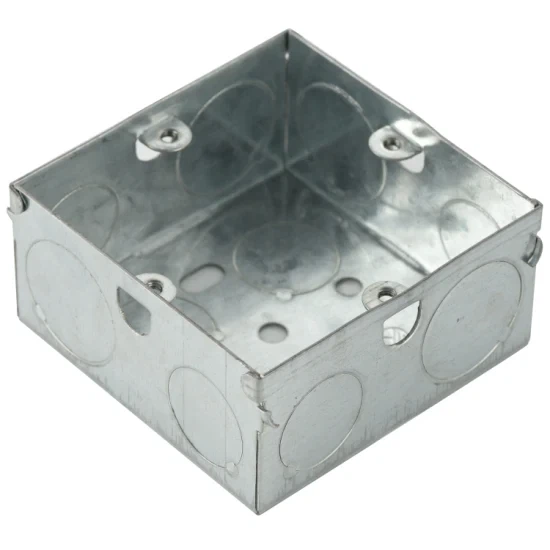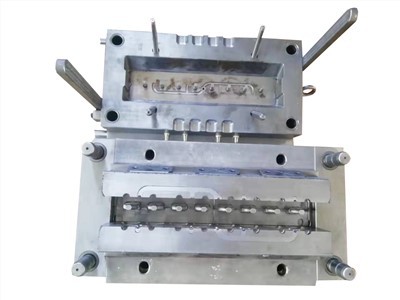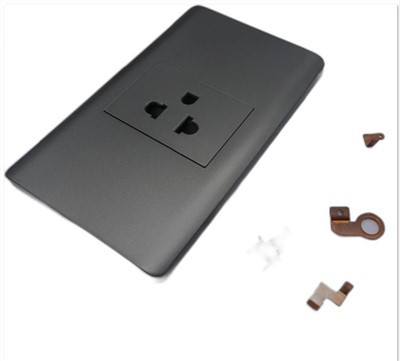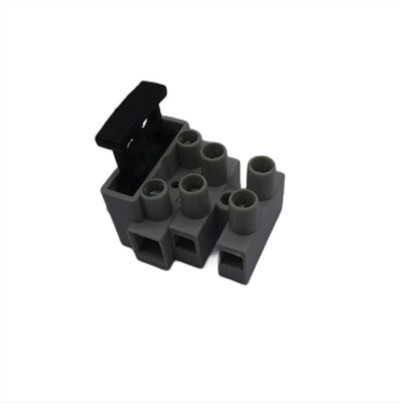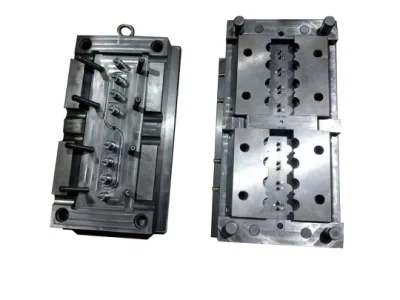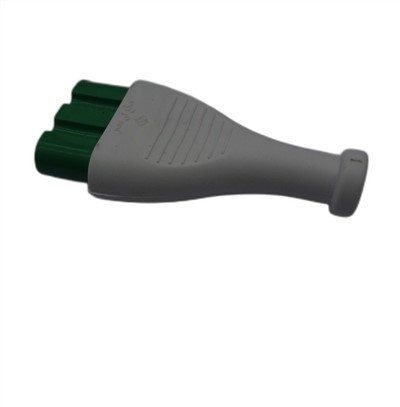How To Plan The Punching Hole Die
1. When planning the punch, the strength should be determined according to the shear strength of the workpiece material. If necessary, a stepped punch can be used to enhance the rigidity.
2. The punch should be placed in a symmetrical position as much as possible to avoid a large deviation between the punching force center/center direction and the mold handle center/center. The torque should be roughly balanced and not easy to break.
3. When there are several holes on the steel plate that are offset, the kneading resistance that occurs in the material between the holes and the holes forces the punch to bend in the general direction of the workpiece shape, which increases the friction between the punch and the material. Force, thereby greatly increasing the unloading force. When punching small holes, the punch should use a guide device to improve the strength and extend the life of the punch.
4. In addition to the compressive stress produced by the punching force, the punch must also accept the tensile stress caused by unloading. In addition, there is a large stress concentration phenomenon at the cutting edge of the punch, especially when punching small holes and harder materials, the fatigue damage of the punch under cyclic loading is more obvious, and the stamping part Manufacturers must be particularly cautious in the selection of stamping materials and the determination of heat treatment specifications, and reasonable requirements for hardness and resistance must be taken into account.
5. Try to avoid punch breakage caused by small and uneven mold gaps, poor precision of stamping equipment, and poor mold installation. When the punching is close to the shape of the workpiece, it tends to cause contour deformation. The deformation on the profile side may twist and bend the end of the punch, which may cause the punch to break. Generally, the orientation of the hole should be a little farther away from the outline.


